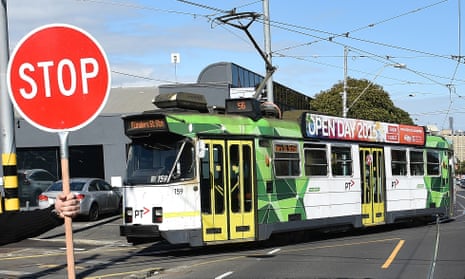Christian Wolmar (In praise of the tram: how a love of cars killed the workers’ transport system, 6 June) fails to mention Toronto, Canada, where trams have flourished since 1861 without the setbacks encountered in Britain.
At present the city has 247 trams operating on 11 routes spanning 82 kilometres, carrying 90 million passengers each year. The routes link to subways, buses and inter-city trains.
The survival and expansion of Toronto’s trams, on a continent and in a city enamoured with the private automobile, casts doubt on Wolmar’s argument. He argues that trams were eliminated “because they catered for the working classes”. But surely that is too simplistic.
As important in explaining public transit policies is that employment and residence patterns altered dramatically after the second world war. Moreover car ownership – for a while – became the nearly realised dream of many working-class households. In the 1950s and 60s it really did seem that public transportation, with the exceptions of subways and inter-city trains, largely would fade away.
Toronto’s trams have survived and prospered for two reasons. The first is that public-transit policymaking in Toronto was, and continues to be, so muddled and slow that politicians never got around to eliminating streetcars. Of course, citizens of Toronto and their politicians would be quite pleased to take credit for being extraordinarily far-sighted and visionary.
The second reason for the endurance of trams in Toronto is that they are called “streetcars” or “red rockets”. This suggests that poor branding aided the decline of so many trams in parts of the world. The lesson is clear: don’t build trams, but streetcars or street rockets!
Professor Thomas R Klassen
Department of political science and school of public policy and administration, York University, Toronto, Canada
Your recent article on trams completely failed to mention the largest tramway system in the world – Melbourne’s. I worked for them as a tram conductor in the 1970s and found trams to be the most efficient public transport system I have ever experienced.
Martin Wragg
Peterchurch, Herefordshire
